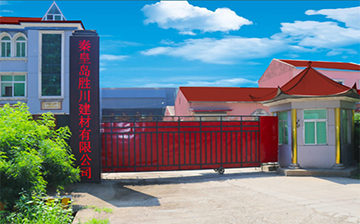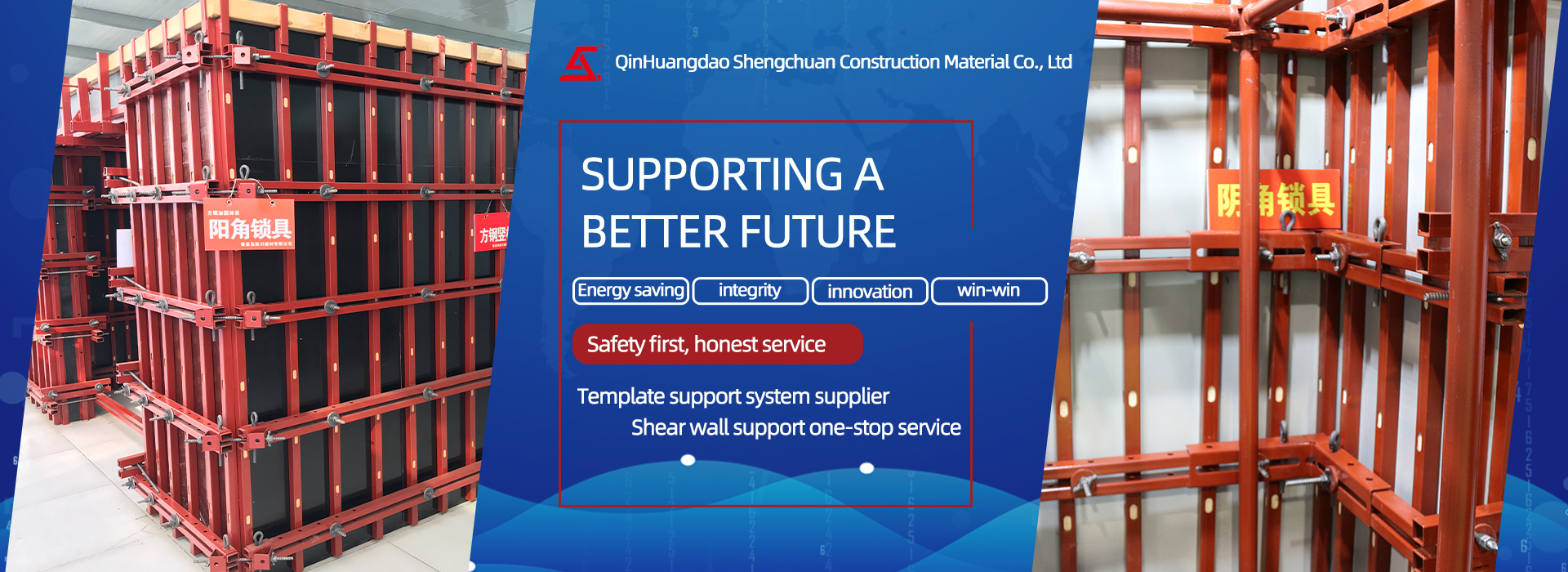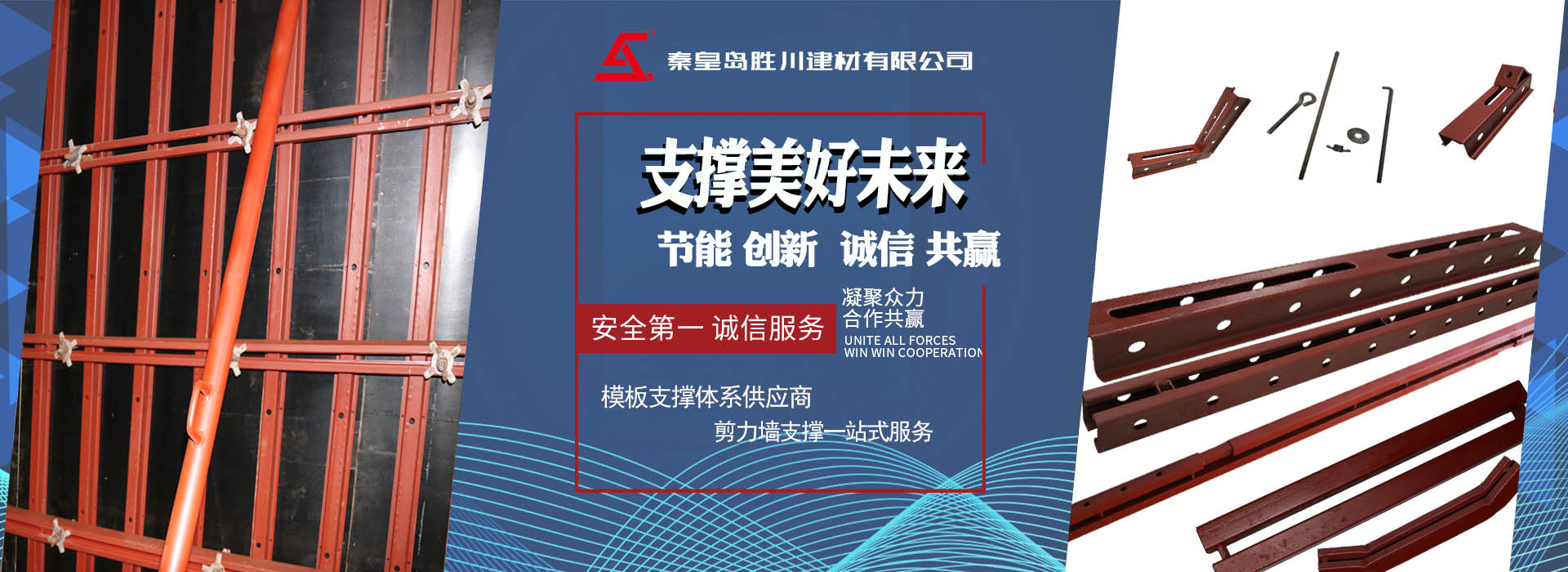
Classification of Building Formwork Supports
There are four classification methods for building templates based on their construction methods, specifications, materials used, and structural types.
According to the different ways of dismantling templates, they can be divided into fixed templates, mobile templates, and permanent templates. 1. Fixed formwork refers to the commonly used formwork and support that rain in place after installation, and can only be removed after the poured concrete reaches the specified strength standard value. 2. Mobile formwork refers to the formwork that moves with the pouring of concrete after the installation of the formwork and support, and can only be removed after all concrete structures have been poured. 3. Permanent formwork refers to the role of a template during the concrete pouring process and the growth of concrete strength. It is connected to the structure as a whole during its use and is no longer dismantled, becoming a part of the structure.
According to the different specifications and forms of templates, they can be divided into fixed templates and non fixed templates.
According to the different materials used in templates, they can be divided into wood templates, steel templates, steel wood templates, steel bamboo templates, glued wood templates, plastic templates, fiberglass templates, etc. Steel wood template is a shaped material with angle steel as the frame and wooden board as the panel. Its advantage is that it can fully utilize the broken wood and can be reused multiple times. Glued wood formwork is a fixed formwork with plywood as the panel and angle steel as the frame, which overcomes the disadvantage of uneven directionality of wood and has good mechanical performance. This template has the advantages of high strength, small self weight, no warping, no cracking, large plate width, and few joints.
Steel bamboo template is a fixed template with angle steel as the frame and bamboo woven plywood as the panel. This type of template has high stiffness, is not easily deformed, is lightweight, and is easy to operate. Steel templates are generally made into fixed templates and assembled into various shapes and sizes using connecting components. They are suitable for various structural forms and are widely used in concrete structure construction. The steel formwork requires a large amount of investment at once, but has a high turnover rate. During use, attention should be paid to storage and maintenance to prevent rusting and extend the service life of the steel formwork. Plastic templates, fiberglass templates, and aluminum alloy templates have the characteristics of light weight, high stiffness, convenient assembly, and high turnover rate. However, due to their high cost, they have not yet been widely used in construction.
According to different structural types, it can be divided into foundation formwork, column formwork, wall formwork, beam and floor formwork, etc.
In summary, templates have multiple classification methods and their respective characteristics.




 Jgw Anbei No. 13032202000134
Jgw Anbei No. 13032202000134


